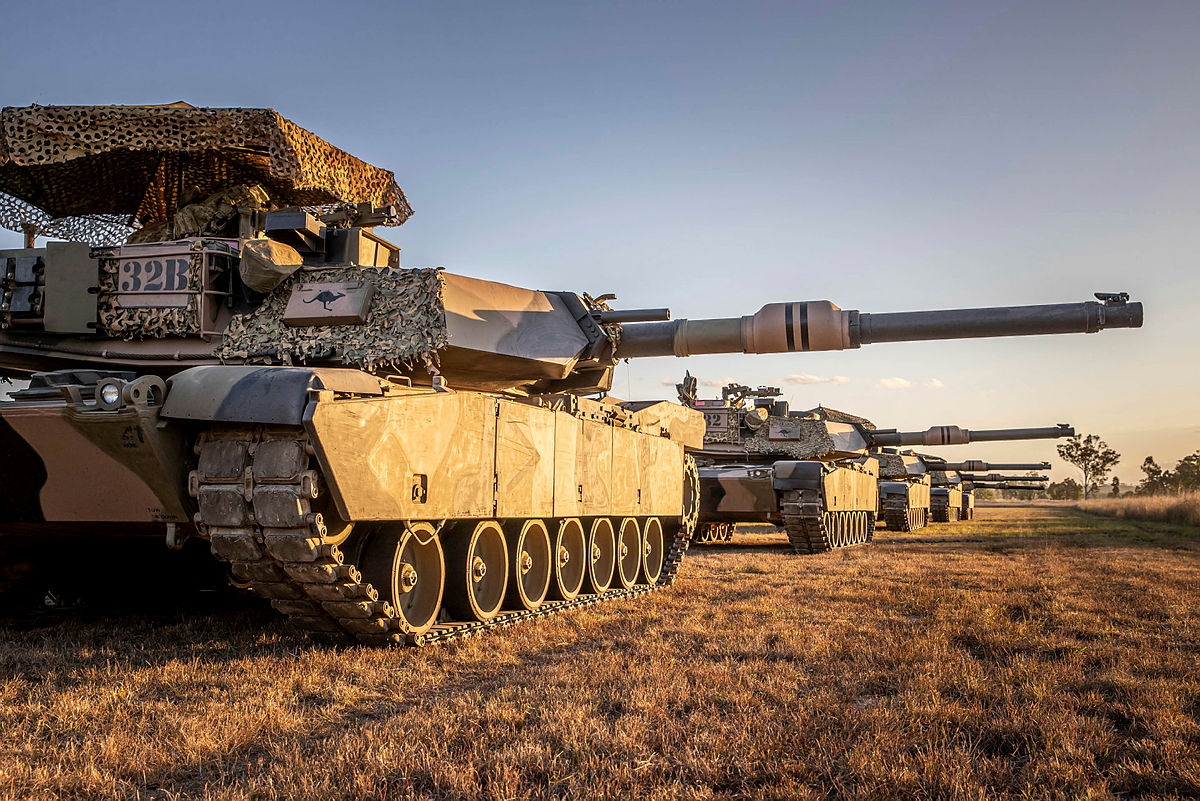Government lays out defence strategy in new federal budget - Defence Connect
A rundown of the budget from Defence Connect.
Defence spending to increase by 8% over the financial year, despite being flagged as adding to budgetary pressures. The budget includes new measures to shore up relationships with Pacific neighbours. Also announced are a raft of new measures for Vet affairs. There is no new announcements on capabilities due to the ongoing review.
An 8% increase? Hmmm....
Not quite as clear as the Albo Government makes out:
The Albanese government just released its first budget, but it’s the second one for 2022–23. In this article I’ll focus on what’s changed between the March budget (B1) and the October one (B2). The key ...

www.aspistrategist.org.au
Quotes from the above article:
“When all adjustments are taken into account, B2’s consolidated defence spending (the Department of Defence and the Australian Signals Directorate combined) is $48,699.7 million. That’s only $84.7 million more than B1’s despite the $382.2 million foreign exchange increase. That means B1 and B2 are virtually identical in all the key cost categories of workforce, acquisition, sustainment and operating. However, because GDP predictions have increased dramatically by around 8%, Defence spending as a percentage of GDP has fallen from 2.11% in B1 to 1.96% in B2.
“That gets us to the nub of the problem for Defence. A key factor behind that increase in GDP is inflation which is running hot. When the 2016 white paper funding line was developed, planners assumed annual inflation of 2–2.5%. In 2020–21 it was somewhat higher at 3.8%. It jumped to 6.1% last year and the budget papers predict 5.75% this year. So while B2’s funding line is a 7.1% increase on 2021–22 in nominal terms, once we take inflation into account, it may be around 1% in real terms. That translates into billions of dollars of lost buying power.”
From Budget 1 (LNP) to Budget 2 (ALP), as a percentage of GDP, spending has fallen from 2.11% to 1.96%.
And as for the 8% increase, it’s closer to 1% when inflation, etc, is taken into account.
‘Smoke and mirrors, smoke and mirrors’

